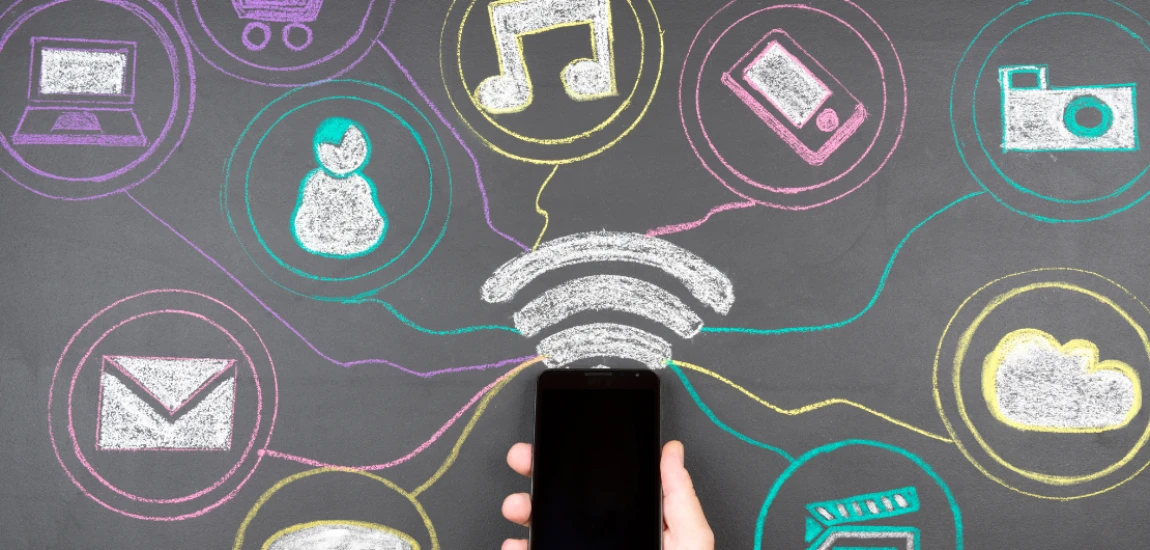Media Time Travel: Designing Stories That Reconstruct or Rewrite Historical Events

From historical fiction to narrative reconstruction
Media time travel isn’t about literal time machines—it’s about storytelling that reconfigures history. From prestige dramas like The Crown to speculative works like Watchmen or Man in the High Castle, creators are using narrative design to revisit, reconstruct, and sometimes rewrite historical events. These stories aren’t just depictions—they’re experiments in alternative causality, exploring what might have been or how the past continues to echo through the present.
Story as a temporal machine
Unlike history textbooks, stories allow us to experience the past. A film set in World War II can feel as immediate as today’s news, while a VR simulation can immerse you in moments long gone. Through sensory storytelling, media time travel collapses chronological distance—allowing emotional and ethical proximity to events once confined to archives. Story becomes a temporal machine, not just revisiting history but rearranging it.
The ethics of rewriting the past
However, media time travel also raises moral questions. Who gets to reshape history? Which perspectives are centered, and which are erased? In reimagining the past, storytellers wield cultural power. A well-crafted narrative can redefine how audiences perceive real people and events—sometimes correcting bias, other times reinforcing myth. Designing such stories demands responsibility, transparency, and empathy.
The Mechanics of Historical Reconstruction in Storytelling

Narrative architecture and historical layering
Creating a compelling historical reconstruction requires more than accuracy—it requires emotional structure. Writers must balance authenticity with creative license, blending fact and fiction to form a cohesive narrative. This process often involves temporal layering: intertwining multiple timelines or perspectives to highlight the connections between past and present. Think of Oppenheimer, which reconstructs history not through chronology, but through memory, politics, and moral weight.
Media as a historical interface
Every medium offers a unique lens for rewriting history. Film manipulates light and emotion; video games let audiences interact with alternate timelines; AI-driven storytelling can dynamically generate historical reinterpretations based on user choices. The choice of medium determines how deeply audiences can engage. For instance, an interactive simulation like Assassin’s Creed Origins reconstructs ancient Egypt with archaeological precision while embedding fictional narratives that explore philosophical questions about empire and legacy.
Blending authenticity with imagination
The success of media time travel depends on the balance between research and imagination. Audiences can detect when historical fiction feels careless. The best narratives—whether Dunkirk or 1917—honor detail while inviting interpretation. Designing stories that reconstruct history requires respecting facts while acknowledging that storytelling, by nature, is a form of creative distortion. It’s not about accuracy—it’s about resonance.
When Fiction Becomes Memory: The Cultural Impact of Reconstructed History

Storytelling as cultural memory
Media time travel blurs the line between history and collective memory. For many, cinematic depictions become the default memory of the past. When people think of ancient Rome, they often picture Gladiator; when they imagine the Titanic, it’s through James Cameron’s lens. This narrative substitution gives stories immense power—they can fill the gaps left by education, politics, or erasure.
The politics of remembrance
Reconstructing history isn’t neutral. Every retelling involves choices about who is visible, who speaks, and who is silenced. Media time travel can serve as resistance—reclaiming marginalized histories through speculative or revisionist storytelling. Series like Lovecraft Country or The Woman King use genre fiction to restore representation in historical spaces where it was denied. By reshaping who gets remembered, these works challenge dominant narratives.
The feedback loop between fiction and reality
Once a story enters popular consciousness, it can influence how history itself is taught or perceived. Films like Schindler’s List or Hotel Rwanda have shaped humanitarian awareness as much as academic texts. On the other hand, oversimplified or sensationalized versions of the past can distort understanding. Media time travel thus becomes a feedback loop—our stories shape our memories, and our memories shape future stories.
Designing Time Travel Narratives: Techniques and Approaches

Multiple timelines and perspective shifts
One of the most effective ways to design a time-travel narrative is through multi-perspective storytelling. By cutting between eras, creators can juxtapose cause and consequence, showing how one historical decision ripples into the future. This approach, used masterfully in Cloud Atlas and Dark, lets viewers feel the continuity of human behavior across time. It turns history from a static record into a living organism.
Interactive and participatory media
Modern technology allows audiences to enter history rather than just observe it. Games, augmented reality apps, and VR experiences give users agency—letting them make choices that rewrite historical events. For example, educational simulations now allow users to explore ancient civilizations or pivotal wars with interactive depth, transforming passive consumption into active engagement. In such contexts, media time travel becomes both educational and experiential.
AI and dynamic historical storytelling
Artificial intelligence adds a new dimension to time travel narratives. AI can reconstruct lost voices—through deepfake reenactments, synthetic dialogue, or predictive modeling—to imagine how events might have unfolded differently. While this offers unprecedented creative potential, it also raises ethical dilemmas about authenticity and manipulation. The challenge for creators is to use these tools to enhance understanding rather than fabricate misinformation.
The Future of Media Time Travel: From Reconstruction to Reinvention

Historical storytelling in the algorithmic age
In an era where algorithms determine what audiences see, the reconstruction of history is increasingly shaped by data. Streaming platforms recommend historical dramas based on engagement metrics, which subtly influence what kinds of stories get told. If audiences only see certain versions of history—those optimized for attention—the result is a narrowed cultural memory. Media time travel must resist becoming another algorithmic product by preserving diversity of perspective.
Virtual heritage and digital immortality
The future of historical storytelling lies in virtual heritage—digital reconstructions of lost worlds. Museums, archives, and independent creators are using 3D scanning and immersive VR to rebuild ancient cities, cultural sites, and historical events. These projects merge preservation with imagination, allowing future generations to experience history not as static exhibits but as dynamic, participatory environments. The line between documentation and storytelling continues to blur.
Reclaiming agency over historical narrative
Ultimately, media time travel is about agency—who controls the narrative of the past. As AI, deep learning, and immersive platforms expand, creators and audiences must remain conscious of their role in shaping collective memory. Rewriting history through media is not inherently dangerous; it’s a form of cultural dialogue. The key lies in transparency and intention: telling stories that illuminate truth rather than obscure it.



